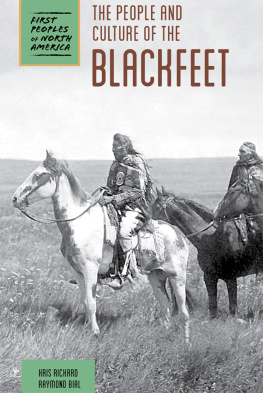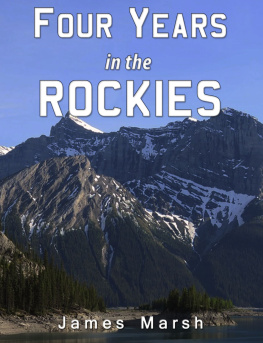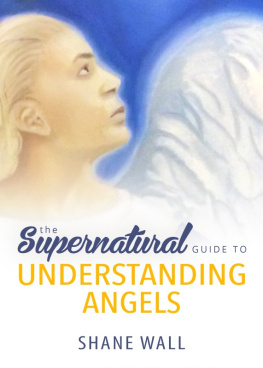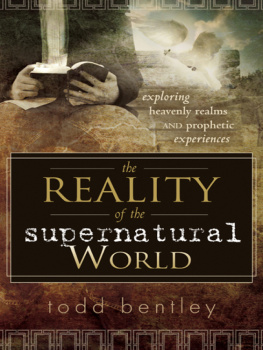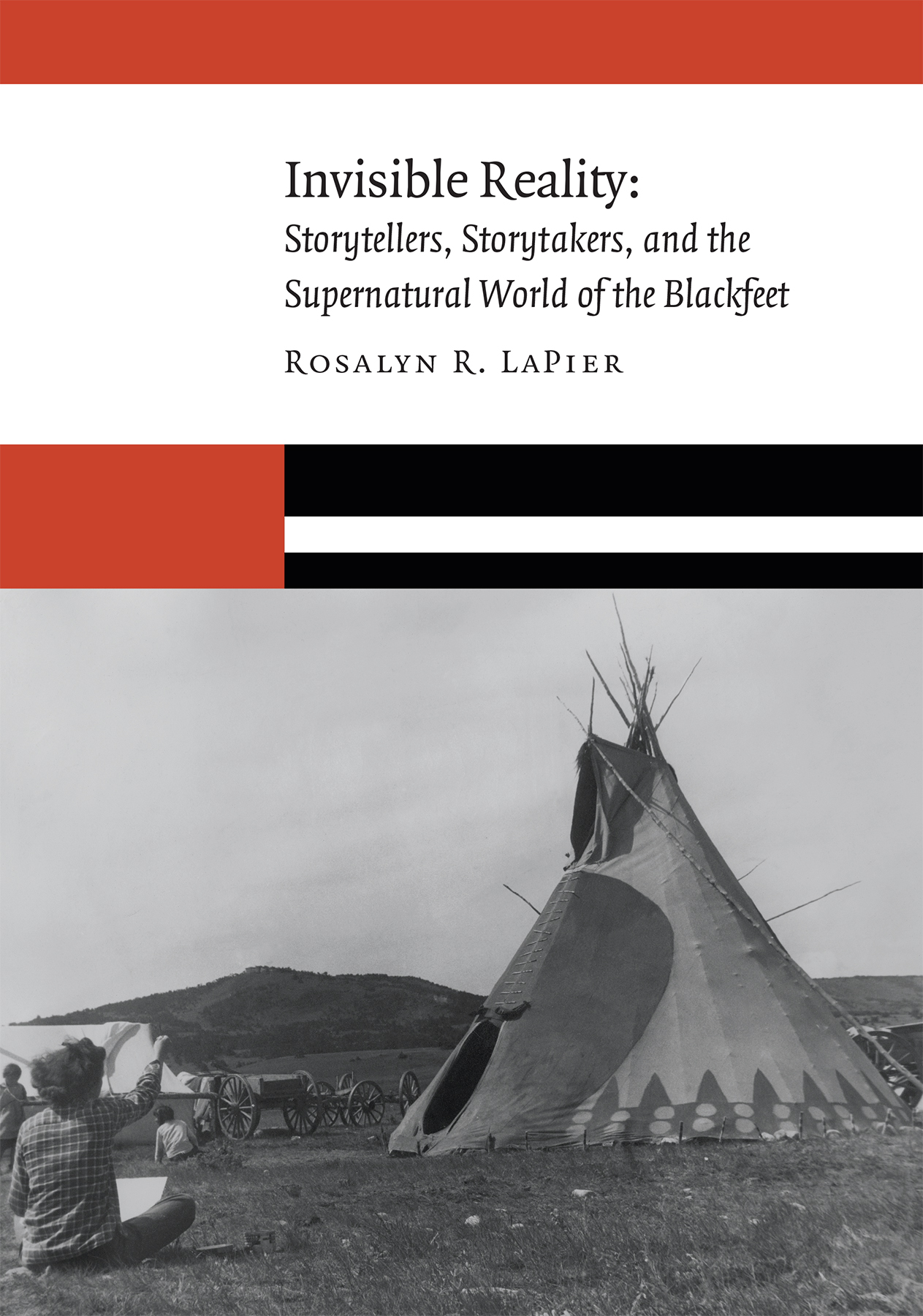
Rosalyn LaPier guides us through the meanings the Blackfeet community has attached to the plants and natural phenomena that surround them and at the same time makes clear the boundless complexity and stunning beauty of this indigenous cultural tradition.
Frederick E. Hoxie, Swanlund Professor at the University of Illinois at UrbanaChampaign and editor of The Oxford Handbook of American Indian History
This is an important, accomplished, creative, [and] imaginative history that zings with original insights.
Sarah Carter, professor and the Henry Marshall Tory Chair of the Department of History and Classics at the University of Alberta and editor of Montana Women Homesteaders: A Field of Ones Own
An important book that tackles some interesting philosophical issues in epistemology and ontology from a Native American perspective, [Invisible Reality] does so with a critical eye regarding change under colonization and modernity.
Patricia Albers, professor of American Indian studies and anthropology at the University of Minnesota and coauthor of The Hidden Half: Studies of Plains Indian Women
Invisible Reality
New Visions in Native American and Indigenous Studies
Series Editors
Margaret D. Jacobs
Robert Miller
Invisible Reality
Storytellers, Storytakers, and the Supernatural World of the Blackfeet
Rosalyn R. LaPier
Co-published by the University of Nebraska Press and the American Philosophical Society
2017 by the Board of Regents of the University of Nebraska
Cover designed by University of Nebraska Press; cover image is from the interior.
All rights reserved
Names: LaPier, Rosalyn R., author.
Title: Invisible reality: storytellers, storytakers, and the supernatural world of the Blackfeet / Rosalyn R. LaPier.
Description: Lincoln NE : University of Nebraska Press, American Philosophical Society, [2017] | Series: New visions in Native American and indigenous studies | Includes bibliographical references and index.
Identifiers: LCCN 2017007891 (print)
LCCN 2017014913 (ebook)
ISBN 9781496201508 (cloth: alk. paper)
ISBN 9781496202383 (epub)
ISBN 9781496202390 (mobi)
ISBN 9781496202406 (pdf)
Subjects: LCSH : Piegan IndiansHistory. | Piegan IndiansFolklore. | Piegan IndiansReligion. | LaPier, Rosalyn R.Family. | Blackfeet Tribe of the Blackfeet Indian Reservation of MontanaHistory. | Blackfeet Tribe of the Blackfeet Indian Reservation of MontanaSocial life and customs. | Blackfeet Indian Reservation (Mont.)Biography. | Blackfeet Indian Reservation (Mont.)History. | Indians of North AmericaMontanaHistory.
Classification: LCC E 99. P 58 L 345 2017 (ebook)
LCC E 99. P 58 (print)
DDC 978.004/97352dc23
LC record available at https://lccn.loc.gov/2017007891
The publisher does not have any control over and does not assume any responsibility for author or third-party websites or their content.
For ancestors who believed in the power of stories
Robert Dumont Jr.
Darrell Robes Kipp
Thomas Little Plume
Bea Medicine
Theresa Still Smoking
and
Annie Mad Plume Wall
Contents
Maps
Photographs
Writing about American Indian, Native American, or Indigenous peoples brings with it many distinct challenges and questions. However, if the author is also Native American, writing about Native peoples brings even more challenges and questions. Scholarship of Native peoples is always suspect in todays world. Scholars such as Vine Deloria Jr., Devon Mihesuah, Linda Tuhiwai Smith, Edward Said, and others question the validity of most scholarship written about Native people. This assertion is especially true if the sources used for the scholarship are presumed to be from a non-Native perspective. Even the terminology used to describe Native people is questioned. For example, I use the terms Native American or Native to define the peoples of the northern Great Plains who were present before the arrival of Europeans and Americans and not American Indian or Indigenous. I also use the phrase old-time Indians or old-timers. I am not choosing these terms for academic, theoretical purposes or even political purposes but just because that is what people call themselves.
The beginning of a book is usually the place to provide basic information about a writers methodology, what sources she will use, how she will interpret the sources, and how she will construct her own interpretation. However, because of these modern-day concerns regarding validity and authenticity I will begin by addressing questions such as, Am I really an authentic Native American? Am I someone who can speak for my ancestors? What data am I using? Where did the data come from? From outsiders? If so, are the data valid? Since I am writing about my own community, to what extent am I using my family for information? Am I exploiting Grandma? And am I revealing her sacred knowledge?
I will also address other questions that arise in more typical histories, including questions related to time, place, people, and interpretation. What historical time period will I cover? What place, area, or region did I research? What group will I research? This is a lot to address in a preface. However, it is necessary to address some of these questions (because they will arise with some readers, in particular, Native American readers) in order to be transparent about my intentions, my research, my interpretive conclusions, and my writing.
Authenticity
The Browning Mercantile was not far from my grandparents house when I was growing up. My grandfather instituted an ingenious way of getting us kids to learn our Blackfeet heritagehe paid us money. (However, as this book reveals, perhaps his method was not so ingenious.) For a few pennies he would ask us to either sing a song, dance a dance, or recite our family tree. I was not so keen on the singing and dancing part, so I recited the family genealogy. With my newfound wealth I headed off to the Browning Merc to purchase what seemed like loads of penny candy. From this inauspicious beginning I learned the family tree. As an adult I also used the book Blackfeet Heritage, which is a census of the Blackfeet reservation conducted during allotment, as well as other census records and the research of C. C. Uhlenbeck. I filled in this information by asking my grandmother about who was really related to whom. I can therefore unequivocally say that I know with whom I am related. Most readers will ask why this matters. All I can say is that it does! Most Native readers and scholars (and even some non-Native scholars) today want to know. They want to know if you are authentic, if your experience is authentic, and if your voice is authentic. Theres no getting around it; that is the way of the world today.
Authenticity within a Native community of course means more than
NksokowaiksiMy Relatives
When I was growing up my grandparents taught me that the proper way to introduce myself was by introducing all four of my grandparents. In that way the person I was meeting for the first time or visiting with would easily know who I was related to and if they were related to me, without asking any intrusive questions. The purpose was to either establish a kinship tie, close or distant, or at the very least to know family relationships and connections. In the old days it was also proper to add the creek or river (which established band affiliation) to the introduction. So a person might say, My grandfather is so and so from Blacktail Creek. Again the purpose was to address the question, Am I related to you? without ever having to ask the question.



